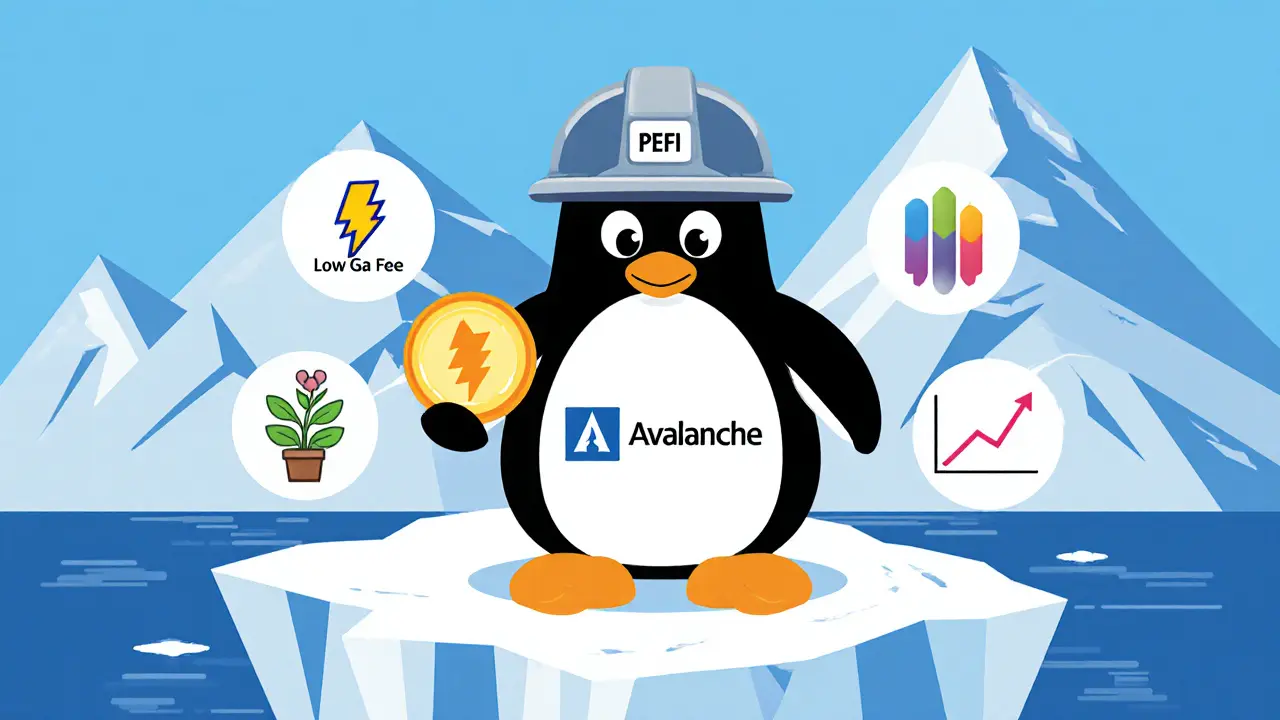Crypto Coin – Everything You Need to Know
When talking about crypto coin, a digital token that runs on a blockchain and can be used for payments, investing, or accessing services. Also known as cryptocurrency, it represents the modern evolution of money on the internet. Blockchain, the decentralized ledger that records every transaction of a crypto coin. Distributed ledger technology Decentralized Finance (DeFi), a suite of financial services built on crypto coins without traditional banks. DeFi Airdrop, a free distribution of crypto coins to eligible wallets, often used to bootstrap communities. token giveaway together shape the landscape of digital money. The crypto coin ecosystem works like this: a crypto coin requires blockchain to function securely, DeFi expands the coin’s use cases, and airdrops influence coin distribution by rewarding early adopters.
Key Concepts and How They Fit Together
Understanding a crypto coin starts with tokenomics – the economic rules that drive supply, demand, and price. Tokenomics decides how many coins exist, how they’re released, and what incentives users have. For example, a coin with a capped supply often creates scarcity, while a coin that mints new tokens for staking rewards can encourage participation in DeFi protocols. Regulation also matters; countries like the UAE offer zero tax on crypto gains, whereas India imposes strict taxes but still leads global adoption. These policy environments affect how quickly a crypto coin spreads and which projects get funding. Meanwhile, airdrop campaigns such as the Bird Finance BIRD or Zamio ZAM drops give users a low‑cost way to test a coin’s market reaction before committing large funds.
When you combine these pieces, you see a clear pattern: blockchain provides the trust layer, tokenomics defines the value model, DeFi creates real‑world utility, and airdrops kick‑start community growth. This pattern repeats across our articles – from deep dives into flash loan providers on DeFi platforms to country‑specific guides on where crypto exchanges still accept Iranian users. Each piece of content adds a slice of the bigger picture, helping you decide whether a particular crypto coin fits your goals, whether you’re looking for a speculative asset, a utility token, or a community‑driven project.
Below you’ll find a curated collection of posts that flesh out these ideas. Whether you want to learn how a flash loan works, see why India tops the crypto adoption index, or check the latest airdrop eligibility rules, the articles are organized to give you practical insights and actionable steps. Dive in and discover the nuanced world of crypto coins without the jargon.



